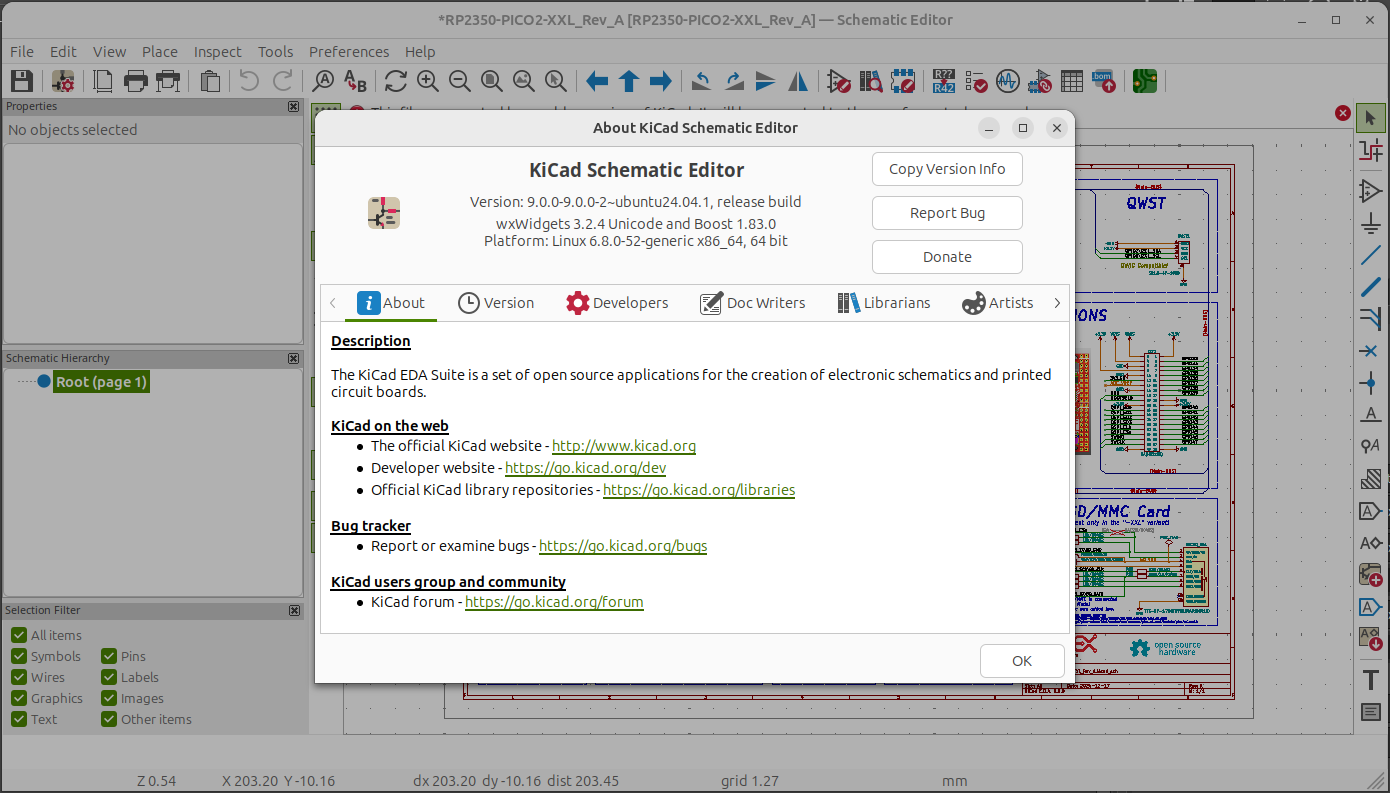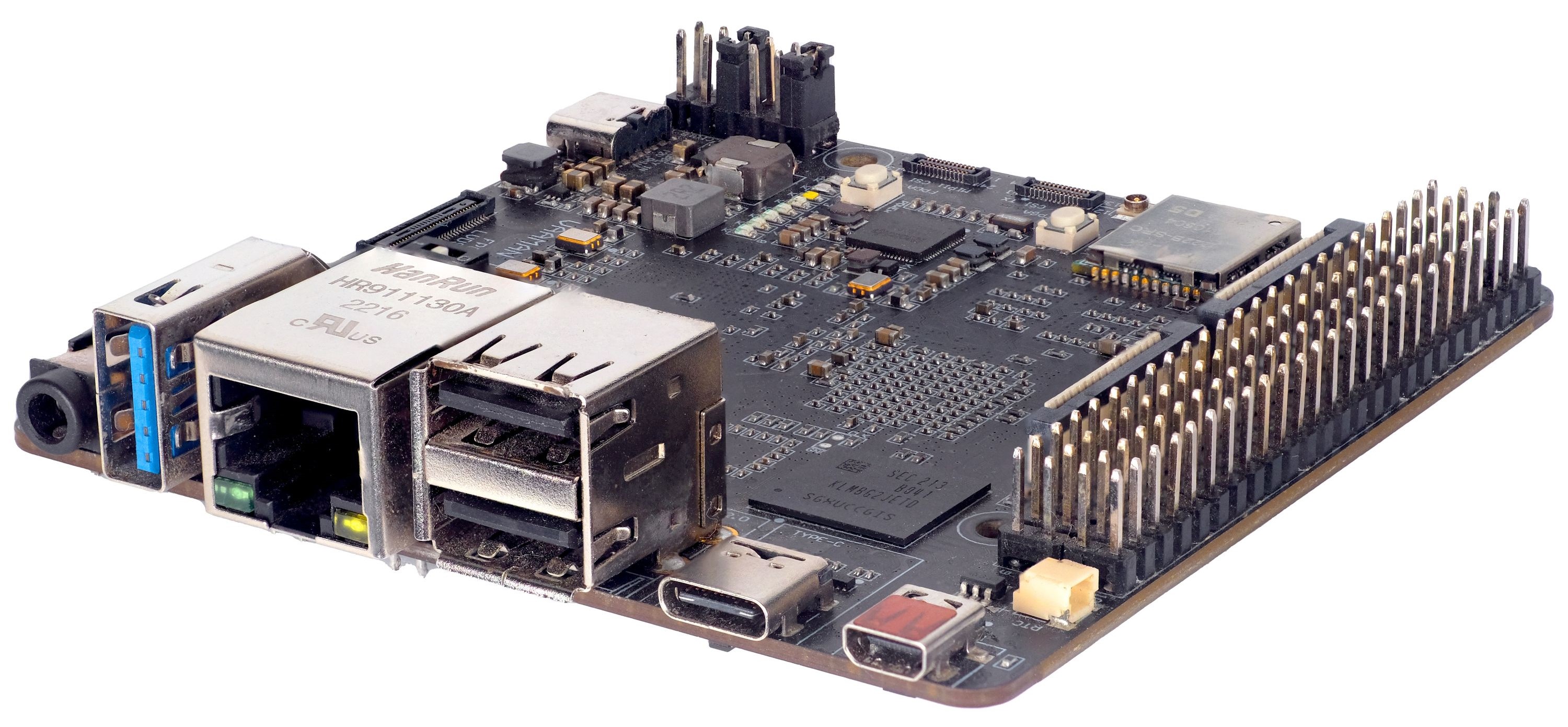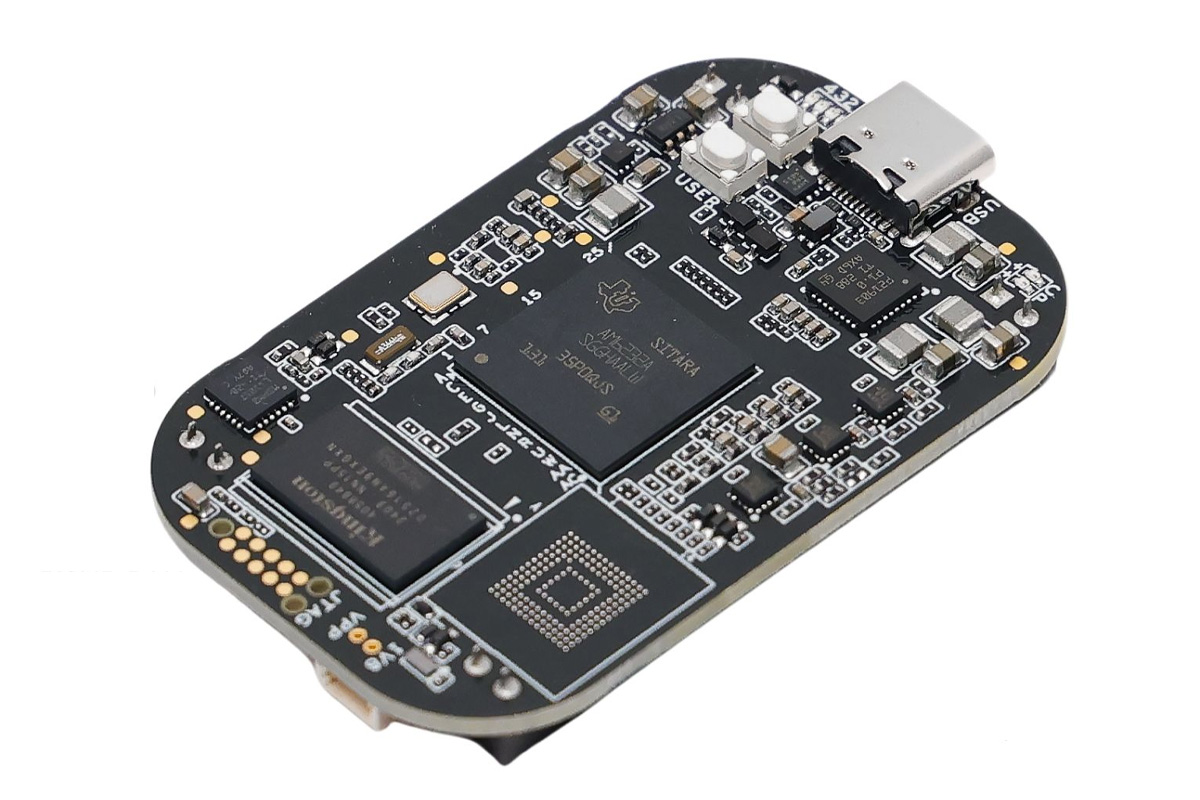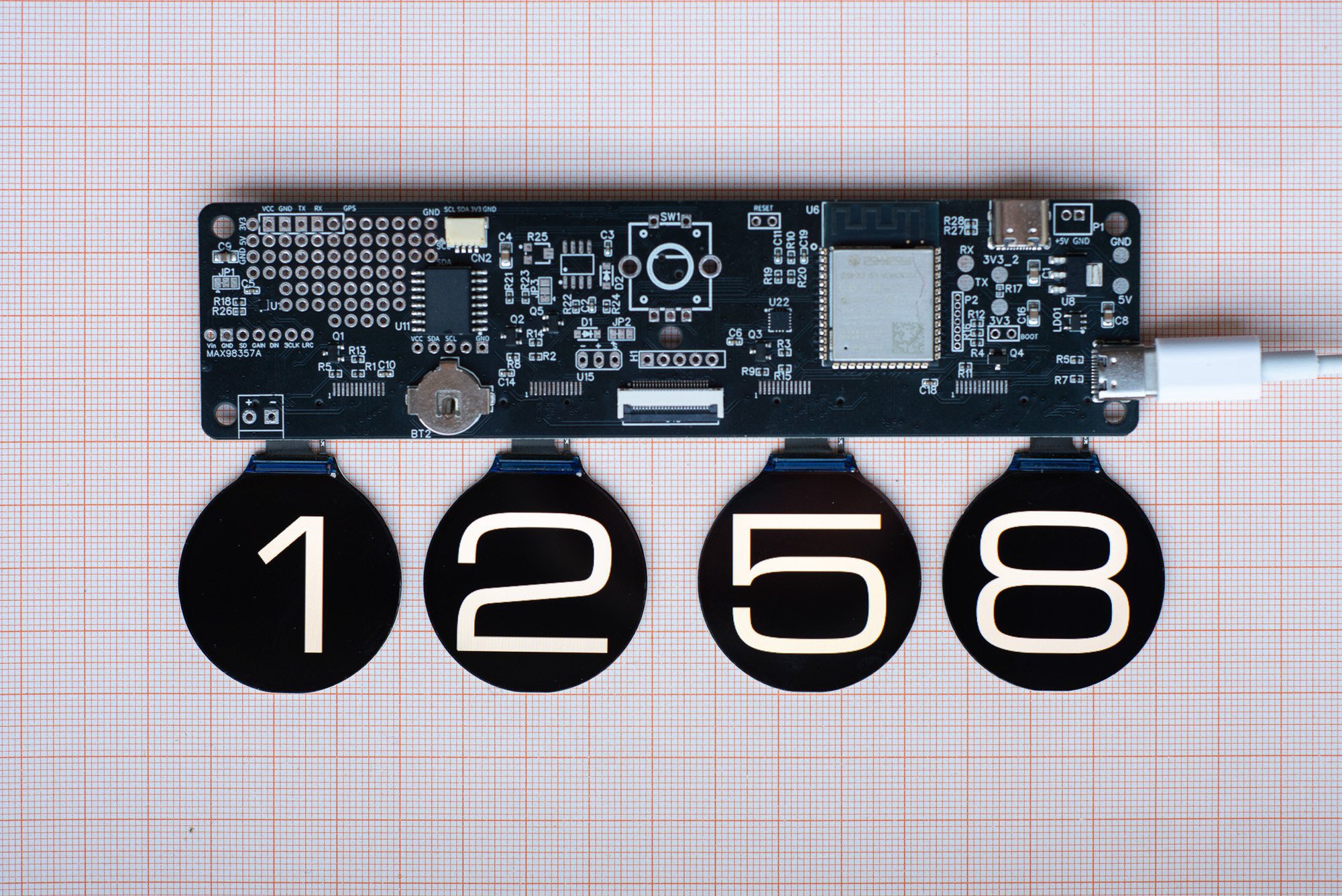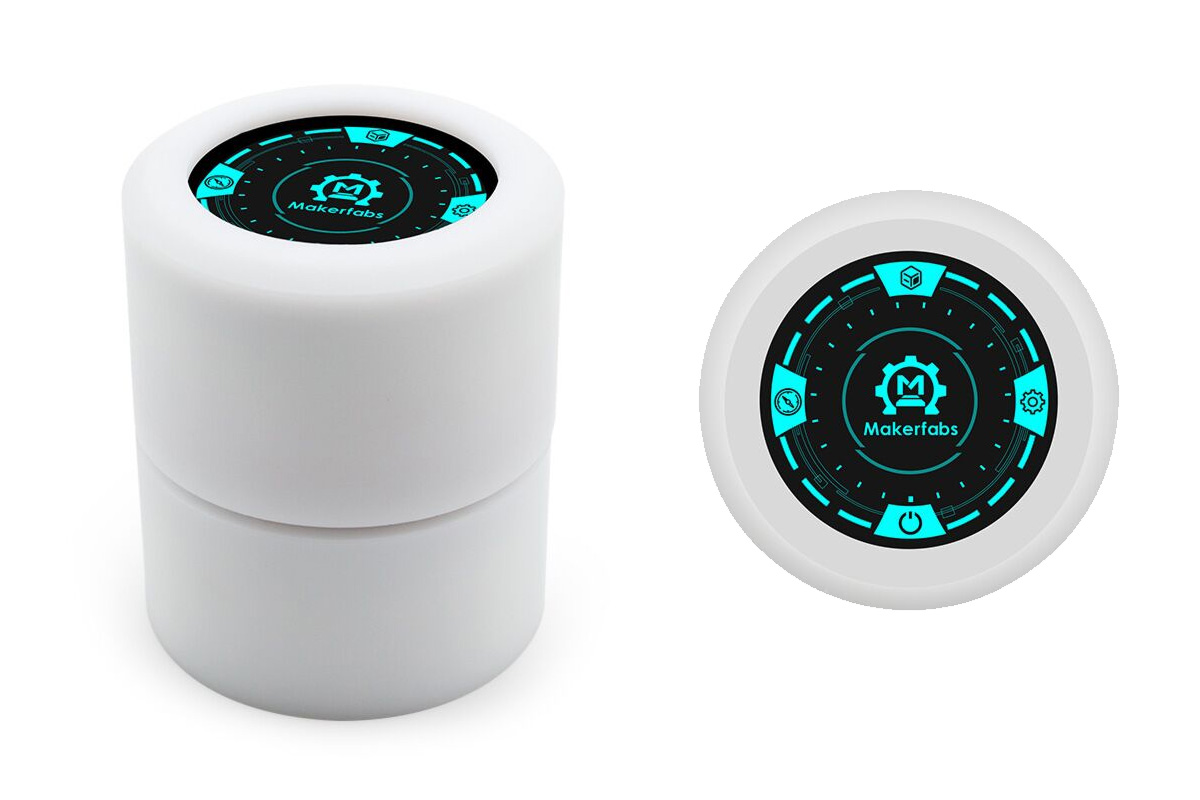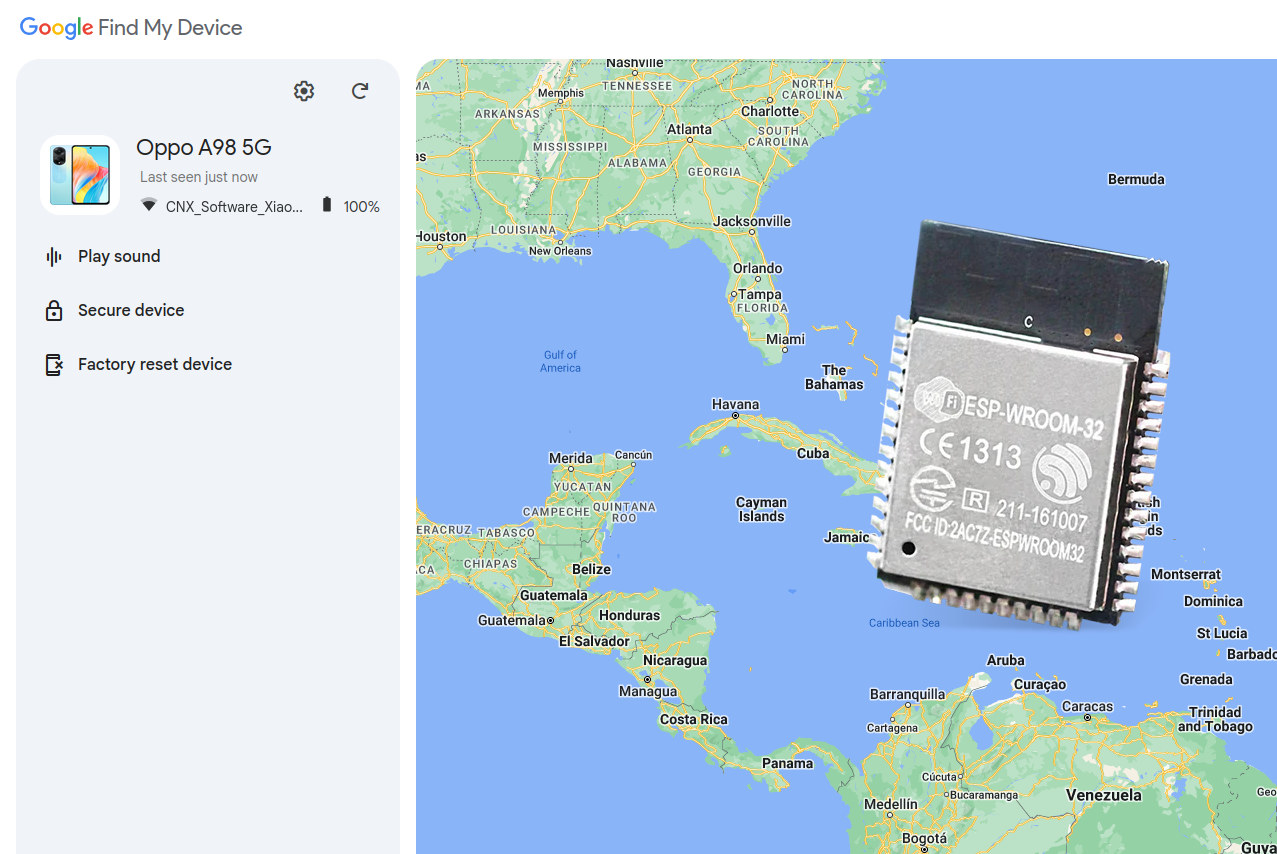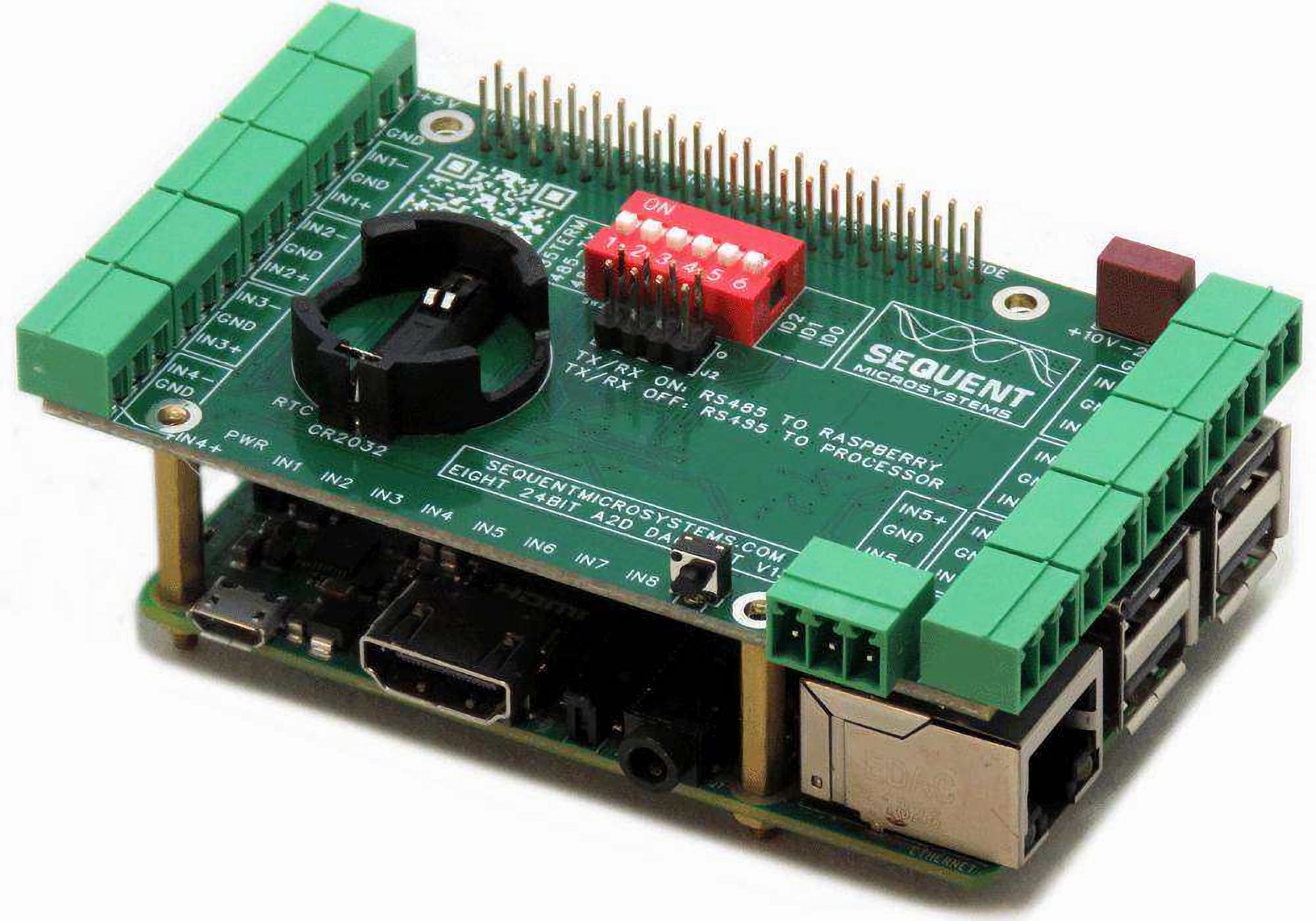KiCad 9 open-source EDA software has just been released with a range of new features such as support for embedded files (fonts, 3D files, PDF), tables in schematics, custom ERC/DRC errors, warnings, and exclusion comments, mouse scroll wheel actions, multiple track drag, and much more. The latest KiCad 9.0.0 release includes 4,870 unique commits from hundreds of developers and translators, and the KiCad library has further gained 1500 new symbols, 750 new footprints, and 132 new 3D models. There are way too many changes to list them all here, so I’ll mention some highlights here: Jobsets (predefined output jobs) – Feature that provides predefined sets of ‘jobs’— plotting, exporting, and running DRC—on schematics and PCBs. Independent jobset files are reusable as users may want to create output pipelines that they can apply across their projects for consistency. Jobsets can be run from the command line or the KiCad GUI. Embedded […]
LLMStick – An AI and LLM USB device based on Raspberry Pi Zero W and optimized llama.cpp
Youtuber and tech enthusiast Binh Pham has recently built a portable plug-and-play AI and LLM device housed in a USB stick called the LLMStick and built around a Raspberry Pi Zero W. This device portrays the concept of a local plug-and-play LLM which you can use without the internet. After DeepSeek shook the world with its performance and open-source accessibility, we have seen tools like Exo that allow you to run large language models (LLMs) on a cluster of devices, like computers, smartphones, and single-board computers, effectively distributing the processing load. We have also seen Radxa release instructions to run DeepSeek R1 (Qwen2 1.5B) on a Rockchip RK3588-based SBC with 6 TOPS NPU. Pham thought of using the llama.cpp project as it’s specifically designed for devices with limited resources. However, running llama.cpp on the Raspberry Pi Zero W wasn’t straightforward and he had to face architecture incompatibility as the old […]
Vaaman reconfigurable edge computer features Rockchip RK3399 SoC and Efinix Trion T120 FPGA (Crowdfunding)
Vaaman is a reconfigurable single-board edge computer that integrates a Rockchip RK3399 hexa-core ARM processor with an Efinix Trion T120 FPGA, offering a reconfigurable platform for edge computing applications. The board combines the flexibility of an FPGA with the raw power of a hard processor to create a system capable of adapting to varying computational demands in real time. The compact SBC features the Rockchip RK3399 hexa-core processor with two Cortex-A72 cores and four Cortex-A53 cores, as well as an Efinix Trion T120 FPGA with 112,128 logic elements, interlinked with RK3399 via a high-speed 300Mbps bridge (but it’s unclear how this is implemented). It is billed as a “Raspberry Pi-style board for the FPGA world” that can be used for cryptographic acceleration, software-defined radio (SDR), digital signal processing, real-time robotics, real-time video processing, edge AI deployments, industrial automation, and hardware prototyping. It features a 40-pin Raspberry Pi-compatible GPIO header and […]
PocketBeagle 2 SBC combines TI AM6232 dual-core Cortex-A53 SoC with MSPM0 MCU
Beagleboard has recently announced the PocketBeagle 2, a single board computer (SBC) built around TI’s AM6232 dual-core Cortex-A53 and Cortex-M7 SoC and an additional MSPM0L1105 Arm Cortex-M0+ microcontroller for ADC pins and board ID storage. Designed for developers, students, and hobbyists, it’s a direct upgrade from the previous generation PocketBeagle which the company released in 2017. The new board comes with a faster dual-core 64-bit CPU (compared to a single-core CPU), faster memory (DDR4), improved power management (USB-C + LiPo charger), and easier debugging (UART + JTAG) for faster development. Additionally, it comes with four user-controllable LEDs, a power LED, and a battery-charging LED for better status indication. Unlike the first generation, this new version comes with pre-soldered GPIO headers with the same compact (55 x 35mm) form factor making it suitable for embedded applications and IoT projects. PocketBeagle 2 single-board computer specifications Main SoC – Texas Instruments AM6232 CPU […]
QuadClock PCB – An ESP32-S3 multi-display clock controller for DIY enthusiasts
The QuadClock PCB is an ESP32-S3-powered multi-display clock controller designed to serve as a foundation for creating a four-TFT-display clock. It supports up to four 1.69-inch rectangular TFT displays (240×280) or four 1.28” round displays (240×240). It manages essential functions such as driving the displays and maintaining precise time, allowing you to focus on crafting a unique enclosure or integrating additional features. It is open-source and is powered by the ESP32-WROOM-1 module with up to 16MB flash and 2MB PSRAM. It supports independent brightness control for each mounted display via four MOSFETs and includes an onboard real-time clock with a backup battery for accurate timekeeping. The QuadClock PCB is designed for enthusiasts and makers interested in creating multi-display clock projects. It can also be used for stock tickers, weather displays, and smart home dashboards. We previously covered the 2×2 Quad Display board with either Raspberry Pi Pico W or ESP32-S3-WROOM-1 […]
MaTouch SmartKnob Assembled ESP32-based rotary knob with touchscreen display sells for $69
Makerfabs has recently released “MaTouch SmartKnob Assembled” based on the SmartKnob View open-source hardware design but enclosed in a plastic case. As a reminder, the SmartKnob View is an ESP32-S3-based DIY rotary knob built around a BLDC motor. With clever software and engineering, the motor is so configured that it can do software configurable detents, haptic feedback, magnetic encoder, and more. It also has a round LCD touchscreen, and USB-C, and features a convenient 3D enclosure that can also be attached to your wall with some sticky pull tabs. The SmartKnob View was a great concept, but its DIY nature made it difficult for many people to get their hands on one as it was never manufactured in quantities. The MaTouch SmartKnob Assembled solves this issue by building upon the original design and comes fully assembled for immediate use. The original module integrates a 240×240 round LCD and uses an […]
GoogleFindMyTools locates ESP32-based Bluetooth trackers using Google Find My Device network
Leon Böttger’s GoogleFindMyTools is a re-implementation of Google’s Find My Device network. It works with Android devices and commercial trackers, but experimental support for ESP32-based trackers has recently been added.
The implementation features two components. First, the main.py Python script that will list and locate devices, and then the ESP32 firmware implemented in C with the ESP-IDF. The host computer will also need several Python libraries that can be installed with “pip install -r requirements.txt” and Google Chrome web browser.
This is the output of the Python script on my Ubuntu laptop:
Stackable HAT brings high-resolution 24-bit ADC to Raspberry Pi (Crowdfunding)
Sequent Microsystems’ “Eight 24-bit ADC 8-layer Stackable HAT” is a Raspberry Pi expansion board designed for home automation projects. It is compatible with all Raspberry Pi models with a 40-pin GPIO header and features a stackable design that provides scalability for more complex setups. It includes eight independent 24-bit ADC channels, providing ultra-high resolution for measuring small analog signals accurately. It also features programmable gain amplifiers on each input channel for amplifying weak signals and optimizing the ADC’s input range. It is stackable up to eight layers, allowing for up to 64 differential analog inputs. It provides 4A continuous and 5A peak power to the Raspberry Pi via the GPIO header. It sends data via the I2C lines, leaving all other pins free for use. Also, it supports isolated RS485 communication for long-distance connectivity. The 8-layer Stackable HAT for Raspberry Pi is suitable for precision data acquisition applications, including industrial […]


